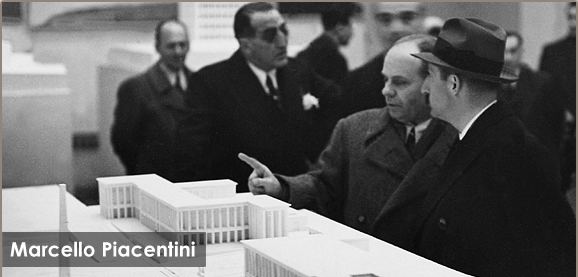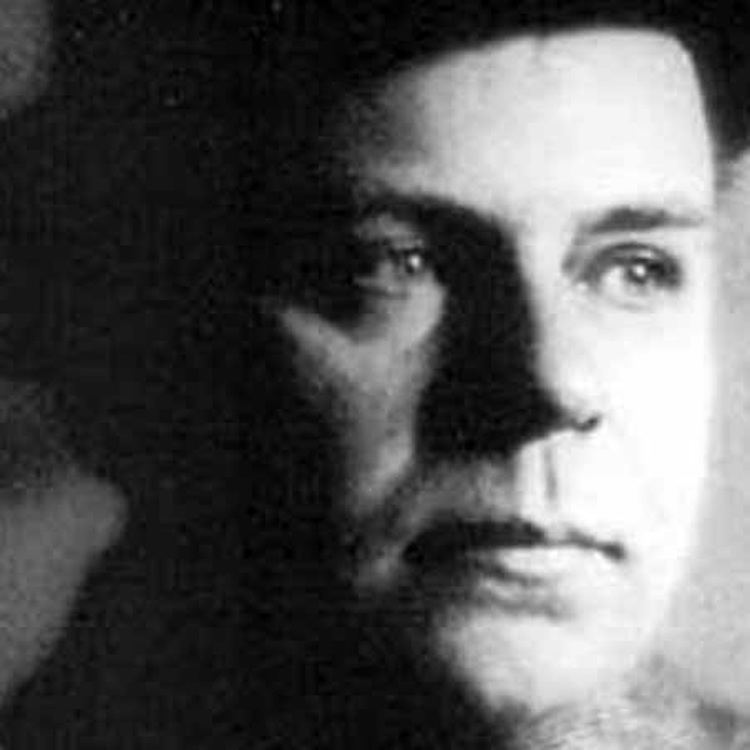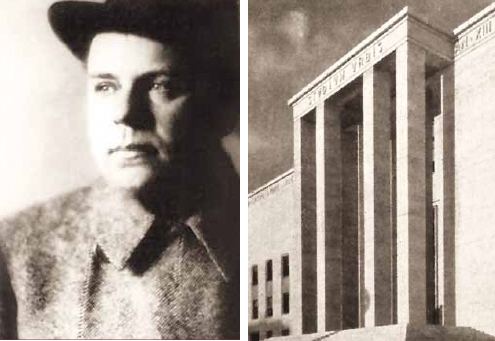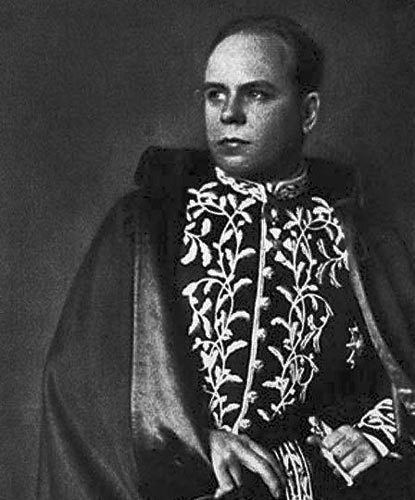Name Marcello Piacentini Parents Pio Piacentini | ||
 | ||
People also search for Pio Piacentini, Pier Luigi Nervi, Ernesto Lapadula, Giovanni Guerrini, Achille Sfondrini, Mario Romano Structures | ||
In memoria di marcello piacentini
Marcello Piacentini (December 8, 1881 - May 19, 1960) was an Italian urban theorist and one of the main proponents of Italian Fascist architecture.
Contents

Biography

Born in Rome, he was the son of architect Pio Piacentini. When he was only 26 he was commissioned the revamping of the historical center of Bergamo (1907); subsequently he worked in most of Italy, but his best work are those commissioned to him by the Fascist government in Rome.

Piacentini devised a "simplified neoclassicism" which could be midway from the neo-classicism of the Novecento Italiano group (Gio Ponti and others) and the rationalism of the Gruppo 7 of Giuseppe Terragni, Adalberto Libera and others. His style became a mainstay of Fascist architecture in Rome, including the new university campus (Universita di Roma La Sapienza, 1932) and the E.U.R district, of which he was not only designer, but also High Commissar by will of Benito Mussolini. His other works include the renovation of Brescia and Livorno, the Museo Nazionale della Magna Grecia in Reggio Calabria, the opening of Via della Conciliazione in Rome and the restoration of the Rome Opera House (1928–1958).

Piacentini became an important colonial architect, particularly in Cyrenaica in Eastern Libya. The style of his buildings is characteristic of the Neo-Moorish period of Italian colonial architecture in Libya in the 1920s. This is evident in his Albergo Italia as well as the Berenice Theatre in Benghazi. Piacentini was made project manager of all Italian building works in Cyrenaica. He was also professor of Urban Planning at La Sapienza, of which he was also President. After the fall of the Fascist regime he did not work as architect for several years. He died in Rome in 1960.
Works


